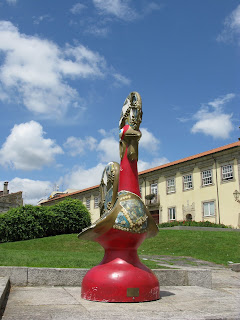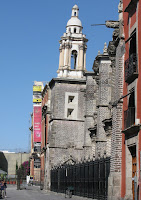Each country has its own Venice
Venice Los Angeles is known for the famous beach - Venice Beach and Boardwalk. But the history of the district is much more interesting. The idea was to have its own Venice with canals.The construction of the canal network was launched in 1905 as part of Kinney Abbot's project the Venice of America. Kinney, during his trip to Europe and Italy fell in love with Venice. When he returned to America he decided to create a similar place with canals, gondolas, pier and other attractions. Unfortunately only a small part of the project survived up to our times. Some of the canals were flooded. Other streets like Windward Ave. and Market St. were converted into streets.
Great revitalization project carried out in the 90s of the 20th century helped to restore Venice's charm and prestige. The district was listed at the National Register of Historic Places. Today Venice is a perfect place for a picturesque stroll along canals and through bridges. The restored houses are good examples of original architecture. The most interesting part is between Strongs Dr. - S Venice Blvd - 28th Ave - Ocean Ave. There are many restaurants, design companies, film studios and other creative enterprises in the area. Simply it is a place where one would like to live and work.
If you do not want to get stuck in a traffic jam and wade through the crowds it is worth to go there on a week day. On weekend everyone wants to relax over the water.














